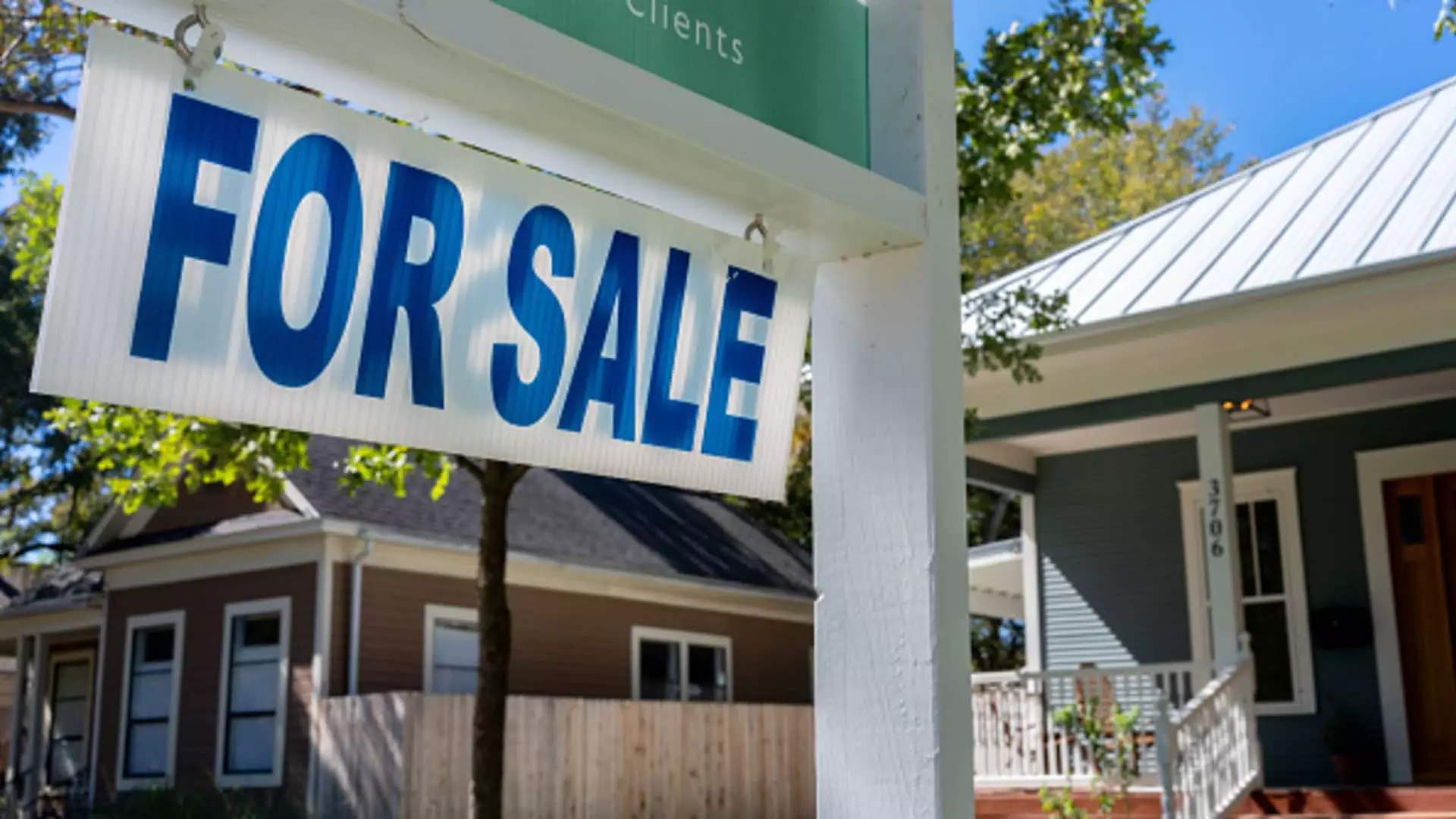As mortgage rates hover around the 6% mark, prospective homebuyers are increasingly grappling with the challenges of securing favorable financing. The memories of the 3% interest rates observed during the pandemic years of 2020 and 2021 now feel like a distant dream. This nostalgia has been evidenced by a significant uptick in Google searches for “assumable mortgage,” indicating a renewed interest in this once-popular financial tool. A trend that began in earnest in 2022 has continued to grow, as buyers explore any avenues that might offer them relief from the escalating cost of borrowing.
Assumable mortgages allow a buyer to step into the shoes of the current mortgage holder, taking over an existing loan along with its terms. This means that homebuyers could potentially inherit the original interest rate, which might be significantly lower than today’s prevailing rates—sometimes as low as 2% or 3%. While these mortgages have a history of being popular during the late 20th century, their commonality dwindled following changes in legislation. The Garn-St. Germain Depository Institutions Act of 1982 introduced the due-on-sale clause, which has rendered many assumable mortgages much rarer in the current housing landscape.
Today, assumable mortgages can still be found in specific categories, such as those backed by the Veterans Affairs (VA), Federal Housing Administration (FHA), and United States Department of Agriculture (USDA). According to Raunaq Singh, founder and CEO of Roam, between 20% to 25% of homes currently on the market may be fully assumable, yet the actual number of transactions is surprisingly low. In 2023, only 4,052 FHA-backed mortgage assumptions were completed—albeit a notable 59% increase compared to 2021. Moreover, VA loans saw a staggering 713% rise in assumptions, suggesting that these government programs might play a crucial role in the resurgence of this practice.
Despite the slow uptick in transactions, the potential for assumable mortgages remains largely untapped. As buyers continue to face high interest rates, the advantages of obtaining a lower rate through assumption could appeal to many. Furthermore, with more than 5,000 assumable transactions already recorded in the first half of 2024 by both the VA and FHA, it seems that there is considerable room for growth.
The renewed interest in assumable mortgages may offer an advantageous pathway for homebuyers navigating the current economic milieu. Understanding this financing option could position buyers favorably in a fluctuating market and potentially help bridge the gap between high current rates and favorable past conditions. As awareness and education surrounding assumable mortgages improve, we may witness a renaissance of this once-cherished financial tool in the American real estate landscape.

